
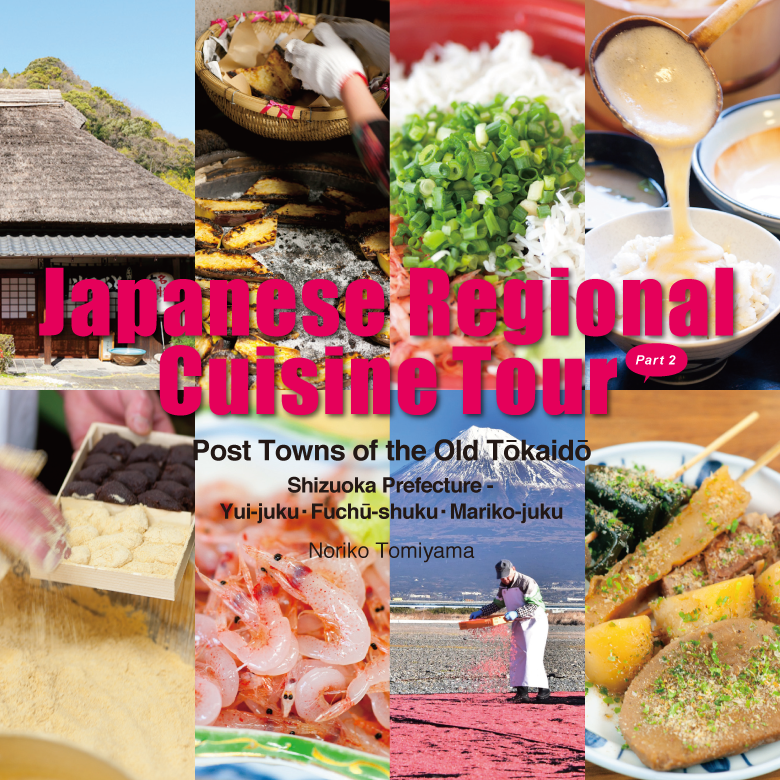
Shizuoka Prefecture, embraced by Mt Fuji and sustained by the rich fishing grounds of Suruga Bay, was an important national thoroughfare during the Edo Period. The old Tōkaidō coastal route that connected east and west Japan passed through what is now Shizuoka and weary travellers could look forward to food and accommodation at the post towns along the route. Satta Tōge Pass, one of the three most challenging passes of the Tōkaidō and now a hiking track, is here. So, just as our Edo Period forbears did so long ago, we set off, “up over that pass and on to the next post town!”
Text : 富山紀子 Noriko Tomiyama / English Version : Judy Evans
Keyword : Shizuoka Prefecture / Tsuruga Bay / Fishing / Japanese Local Cuisine / Post Towns / Fishing Ports / Seafood / Tokaido
Yui-juku, Fuchū-shuku, Mariko-juku
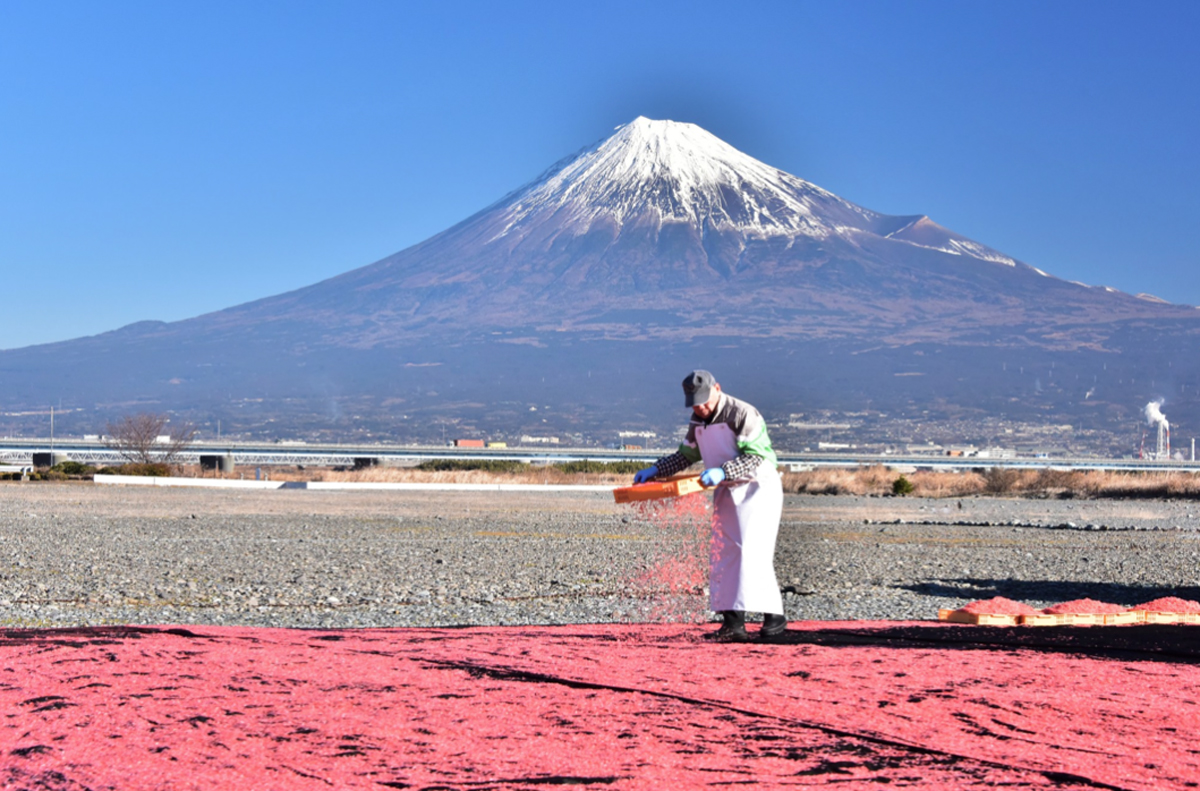
“They’re catching sakura-ebi in Suruga Bay!” Hearing this, we headed first for Yui fishing port in Shizuoka City, where most of Shizuoka Prefecture’s sakura-ebi catch is unloaded. In Japan, these little pink shrimp are only caught here in the extremely deep waters of Suruga Bay. There are two fishing seasons per year: the spring fishing season from late March through June, and the autumn fishing season from October through December.
Sakura-ebi spend the daytime scattered about at depths of between 200 and 500 metres, but at night they form schools and float up to depths of between 30 and 60 metres – shallow enough to be trawled up in fine mesh nets. The sakura-ebi boats set off just after sunset and are back at the wharf before midnight. The fresh shrimp is at auction first thing in the morning, and already in the fish shops by the time they open for business.
Yui-juku: Sakura-Ebi, the Eagerly-Awaited Taste of Spring

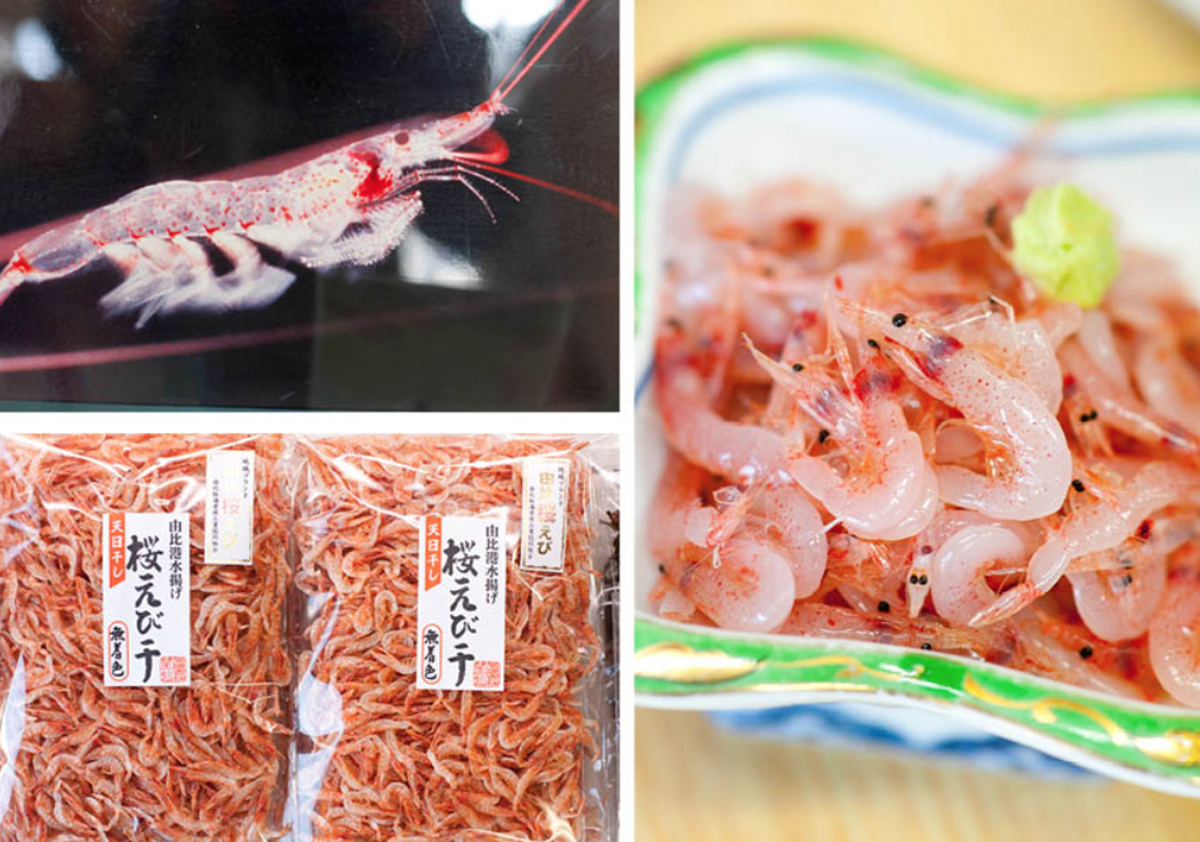
Hama no Kakiageya is a particularly bustling food outlet in Yui Fishing Port. Run by the Yui Fisheries Cooperative, the restaurant specialises in moderately-priced dishes made from fresh sakura-ebi straight from the auction. The most popular menu item is the “Sakura-ebi Kakiage”, a shrimp fritter that you can eat on its own like a snack – and at only 350 yen each, why stop at one?
These freshly fried shrimp kakiage, with their fabulous aroma, are a real treat. The only ingredients are fresh raw shrimp, tempura flour and spring onions. The ingredients are lightly mixed using the moisture from the shrimp to bind them, gently pressed to an even thickness and then deep fried. The kakiage are used as toppings for donburi and udon. Another menu item is sakura-ebi donuts – deep-fried dough balls with shrimp inside.
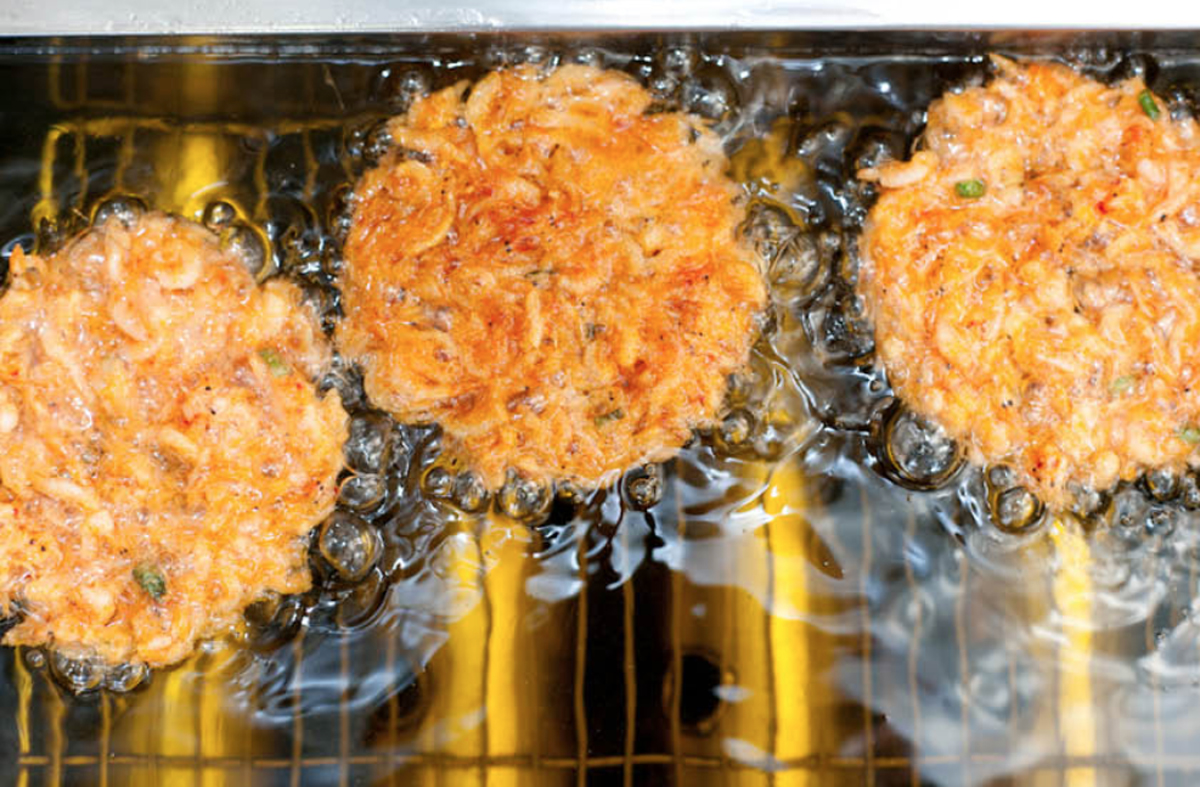
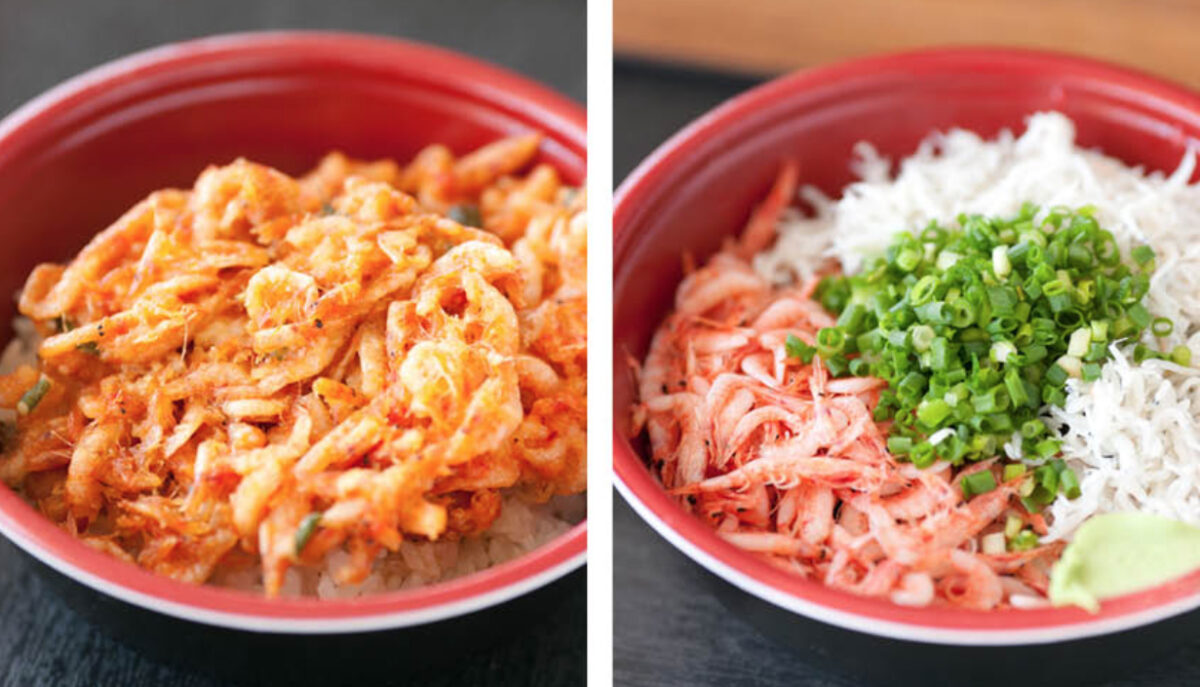
■ Hama no Kakiageya
Yui Imajuku Hama 1127, Shimizu Ku, Shizuoka City. http://yuikou.jp/enjoy.html (In Japanese, but with photos and prices of menu items)
Phone: 054-376-0001 (in Japanese)
Fuchū-shuku (1): Sweet Treats in a Former Castle Town
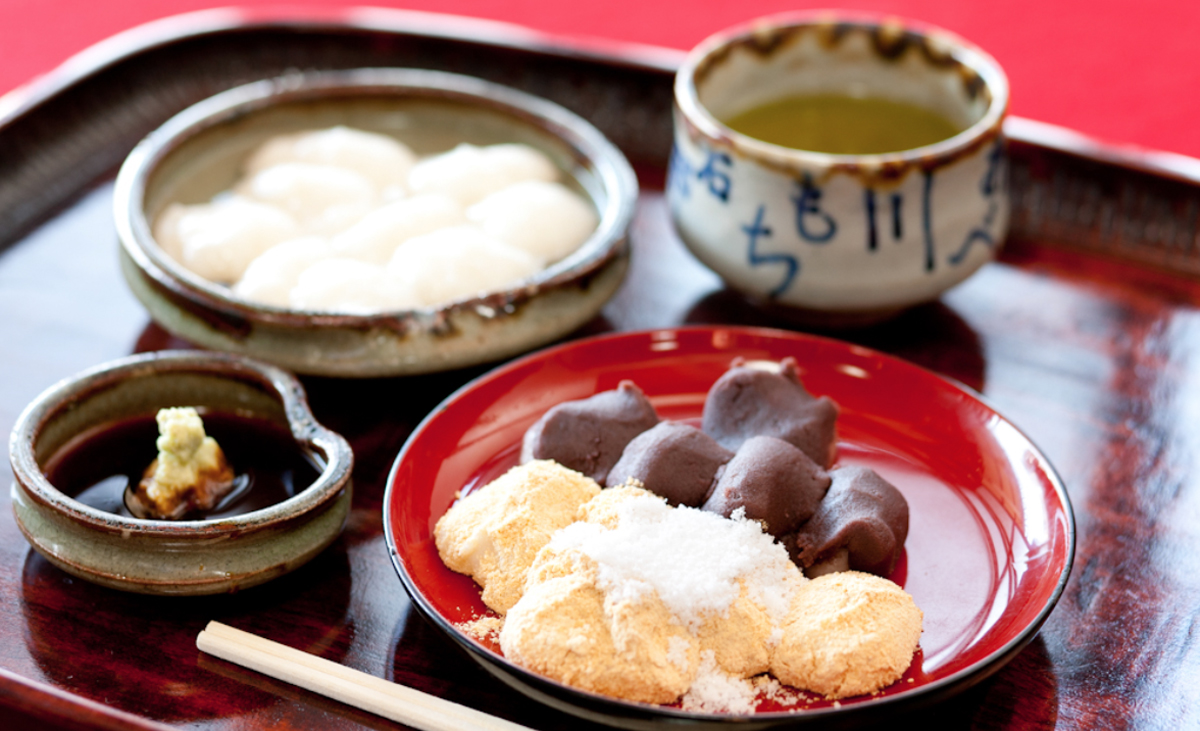
Fuchū-shuku, a post town on the old Tōkaidō route, is nowadays an urban district wedged between Sunpu Castle Park and JR Shizuoka Station. Here, not far from the Abe river, sits a long-established teahouse specialising in Abekawa mochi, a soft delicacy made from glutinous rice. To sample their famous mochi, we visited the venerable Sekibeya – the perfect place for Edo Period travellers heading west to catch their breath before crossing the Abe River.
When Sekibeya first opened, Abekawa mochi consisted simply of freshly pounded mochi rice rolled in kinako (roasted soy flour). The story goes that it was sprinkled with gold dust from a nearby goldmine, and called “Kin-na-ko Mochi”. Over the years the menu has expanded to include mochi rolled in kinako and sprinkled with sugar and mochi covered in sweet bean anko paste. These days, a popular delicacy is “Karami Mochi”, served with wasabi and soy sauce.
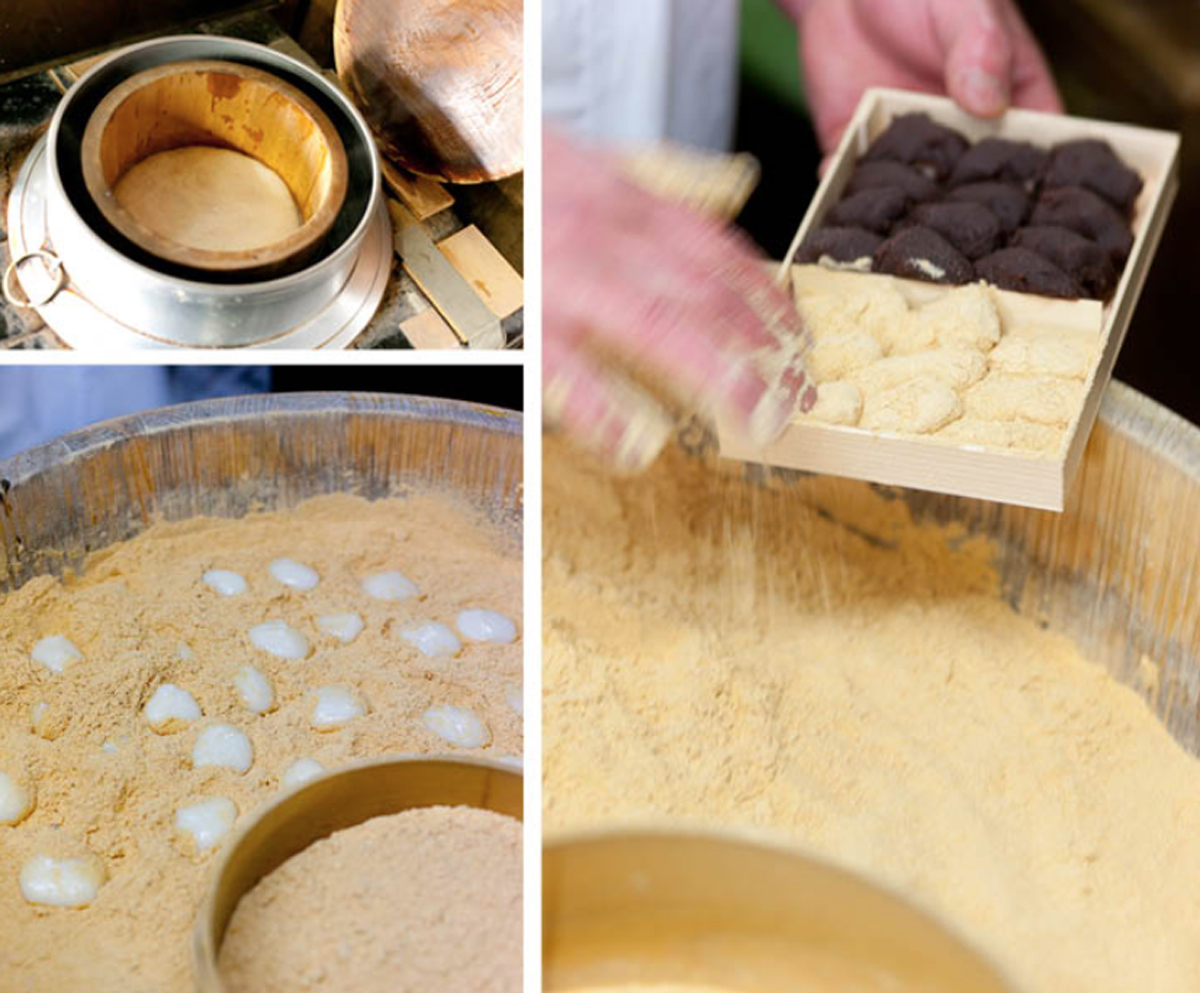
■ Sekibeya
Miroku 2-5-24, Aoi-ku, Shizuoka City.
http://shizuoka.mytabi.net/shizuoka/archives/sekibeya.php (in Japanese but with good pictures)
Phone: 054-252-5698 (in Japanese)
Fuchū-shuku (2): Shizuoka Oden at a Popular “No-Frills Gourmet” Restaurant
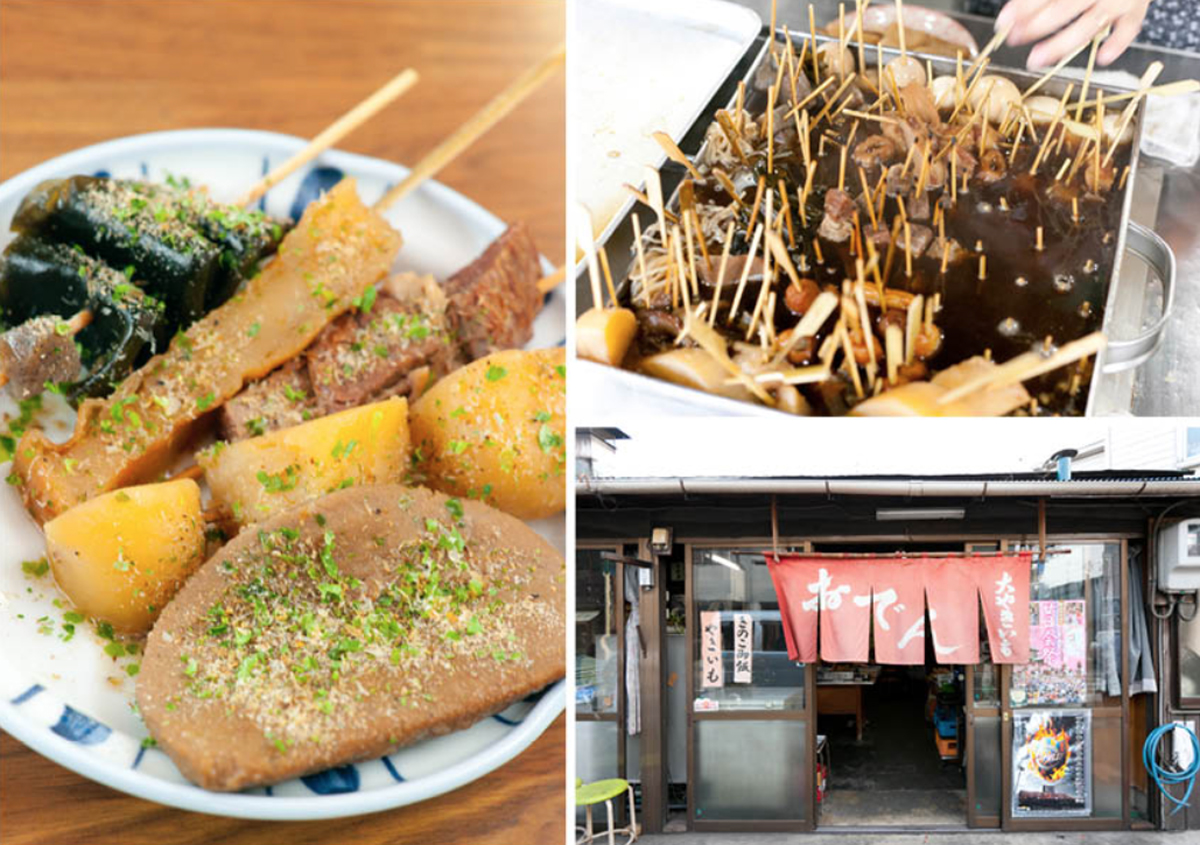
Oden consists of a variety of ingredients including daikon, fishcakes and boiled eggs, simmered in a broth. Ō-yakiimo began life as a traditional candy store, selling oden as a snack for children – hence the low price of just 60 to 100 yen per piece. Their specialities are oden in a black soy-based sauce, and oden on a bamboo skewer. Incidentally, Shizuoka Oden is locally known as “Shizōka Oden”
■ Ōyakiimo (Restaurant)
Higashikusabukachō 5-12, Aoi-ku, Shizuoka City
Phone: 054-245-8862 (in Japanese)
Mariko-juku: Traditional Superfood – “Tororo Meshi”
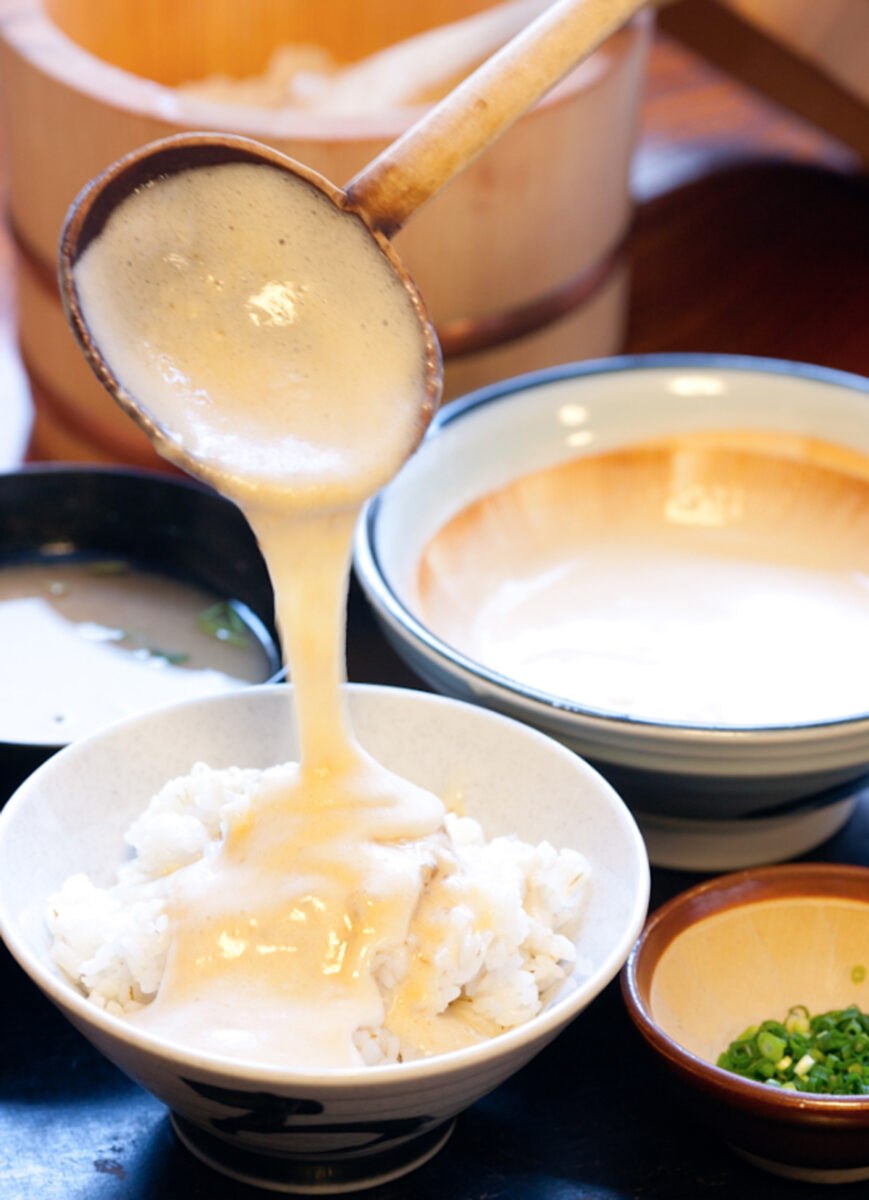
Crossing the Abe River and continuing west, we come to a thatched building that houses the restaurant, “Chōjiya”, and its renowned “Tororo Meshi” (grated yam on barley rice). This truly venerable restaurant was established in 1596 and has been popular ever since! It has been the subject of a painting by Hiroshige and a poem by Matsuo Bashō. It was even visited by Yaji and Kita, the two comic protagonists of Jippensha Ikku’s Edo Period novel, Tōkaidōchū Hizakurige (Foot Travellers on the Tōkaidō).
Kaoru Shibayama, the 13th generation head of the family, still makes “Tororo Meshi” just as it was made when the restaurant first opened. In the old days, white rice was a luxury so the much cheaper barley was added to supplement the quantity. Nowadays, barley rice is popular as a health food! The tororo (grated yam) is mixed to just the right consistency by adding miso soup made from home-made miso paste. The result is a mild-flavoured, rejuvenating dish – perfect for the weary traveller.
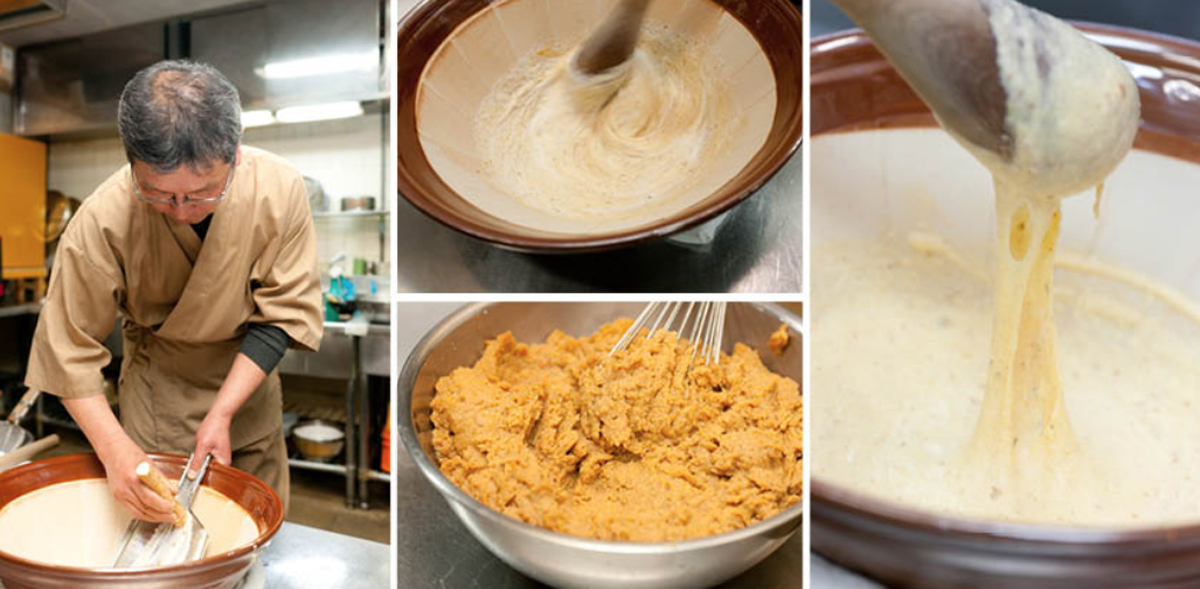
■ Chōjiya (Restaurant)
Mariko 7-10-10 Suruga-ku, Shizuoka City. https://www.chojiya.info Phone: 054-258-1066








